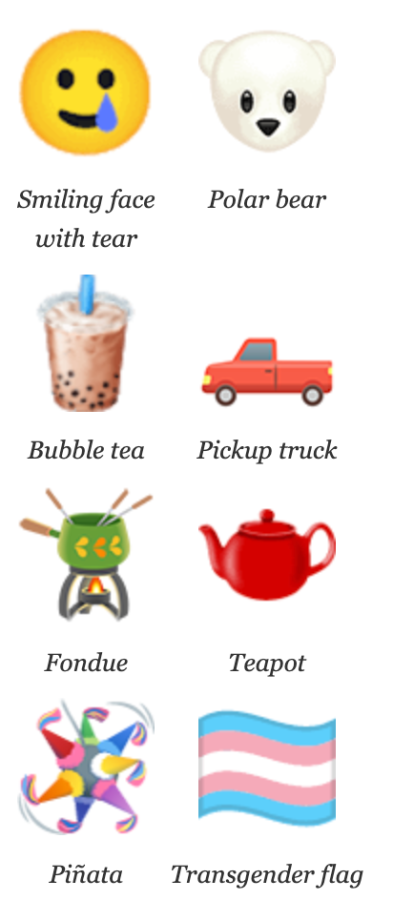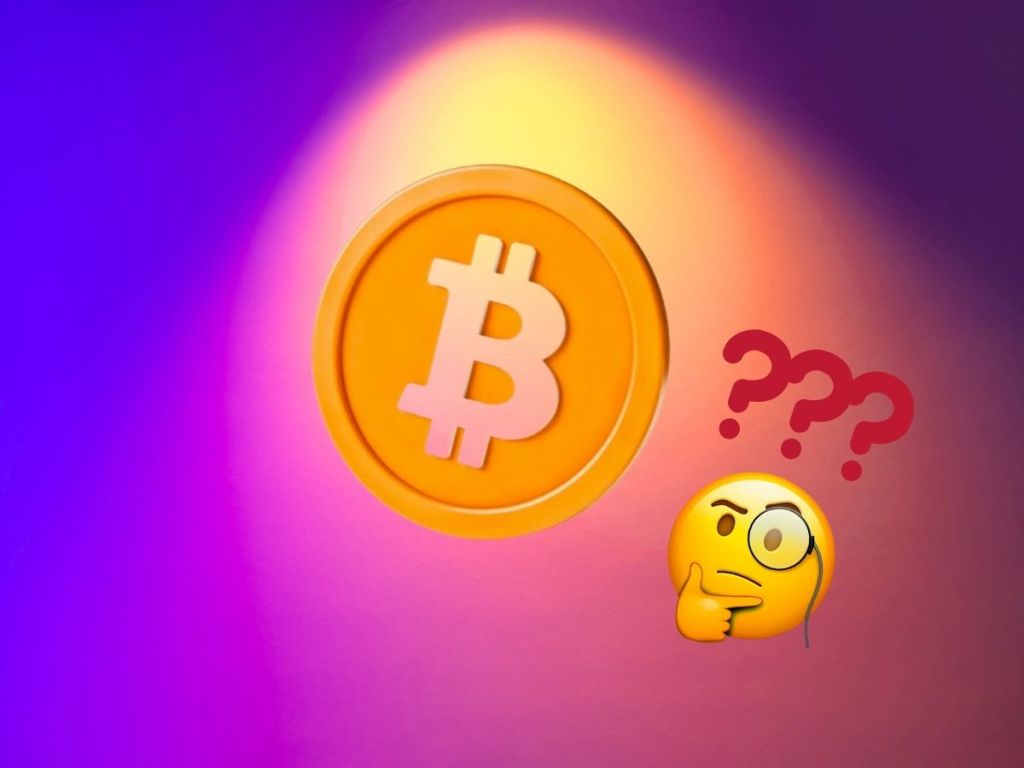Thousands of Bitcoin fans are rallying behind a petition demanding that Bitcoin be made an official emoji.
The “Bitcoin Emoji” movement started in early March. The petition is touching 7,500 signatures in the wake of the coin’s recent price surge, and the upcoming Bitcoin Halving. It’s a far cry from its goal of 1.35 million signatures.
If one takes into account the 25 large crypto organisations that are backing the movement, it would appear that the campaign is… lacking momentum.
Nonetheless, the group remains determined to reach its goal.
“… it’s time to give Bitcoin its rightful place in our digital dictionary, recognising its impact on society, technology, and how we think about money itself,” the movement’s official website proudly states.
“If Tinder and Taco Bell can do it, we can too,” Bitcoin influencer Joe Nakamoto wrote on X.
Who’s behind it?
How would officially ‘creating’ an emoji work? It’s actually not up to the developers at Apple. Every year, members of an organisation called the Unicode Consortium come together to decide on an array of standards for software development. This includes reviewing proposals from the public on new emojis.
How fun! Thanks to the consortium, several notable emojis had been made ‘official’ in the past. They subsequently became permanent on our smartphone keyboards. Examples include the phoenix, lime, and bubble tea.
A closer look at the groups and individuals behind the Bitcoin Emoji movement reveals that many are actually representatives of large crypto exchanges and crypto analytics firms. The campaign was initiated by crypto exchange Nexo, and supporters include Nansen, Chainalysis, Bitget, and CryptoQuant. Bitget tells The Chainsaw that the initiative is primarily to promote “crypto adoption and accessibility”.
“We wholeheartedly support this endeavour and believe it will contribute further to mainstream acceptance of the whole industry,” said Gracy Chen, Managing Director of Bitget.
Bitcoin Emoji movement: A contradiction?
It should be noted that Bitcoin’s founding principle is that it’s built on decentralisation. This means that its circulation and distribution cannot and should not be controlled by a single person or entity. It could be argues that the emoji movement is backed by some of the largest players in the industry and goes against the core philosophy of Bitcoin.
“Holders of Bitcoin, and players in the industry such as exchanges, have a strong vested interest in trying to attract more people to buy it by promoting it in any way they can. They try to give a false impression that almost everyone has Bitcoin and you are missing out,” Professor John Hawkins, senior lecturer at the University of Canberra’s School of Politics, Economics and Society, tells The Chainsaw.
“There is a contradiction between Bitcoin being promoted as decentralised and the dominance of big exchanges like Binance and, formerly FTX. Similarly, there is a contradiction between it being promoted by libertarians and the only place where it is used for payments is El Salvador, where the government passed a law to force retailers to accept it.”
Bitcoin Emoji movement
This is not the first attempt by Bitcoin evangelists to make the digital currency an emoji. There was a push in 2020, which was even supported by Twitter co-founder Jack Dorsey at the time.
Nothing came of it, and Bitcoin was not included in the final lineup of new emojis in 2020.






